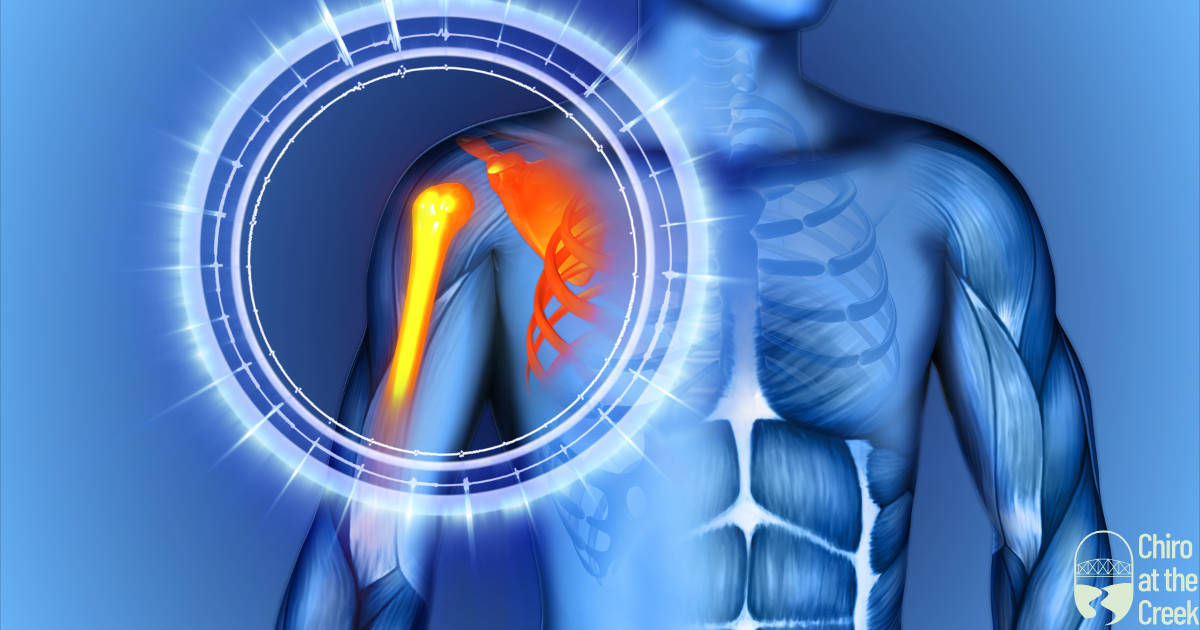Understanding Frozen Shoulder: Causes and Symptoms
Frozen shoulder, also known as adhesive capsulitis, is a condition characterized by stiffness and pain in the shoulder joint. It typically develops gradually and worsens over time, limiting the range of motion and causing significant discomfort. While the exact cause of frozen shoulder is still unknown, certain factors can increase the risk of developing this condition. These include age (most commonly affecting individuals between 40 and 60 years old), gender (more prevalent in women), and certain medical conditions such as diabetes, thyroid disorders, and cardiovascular disease.
The symptoms of frozen shoulder can vary from mild to severe and typically progress through three stages: freezing, frozen, and thawing. In the freezing stage, individuals may experience pain and stiffness that gradually worsens, making it difficult to perform daily activities. The frozen stage is characterized by a significant decrease in range of motion, with the shoulder becoming stiff and immobile. Finally, in the thawing stage, the pain gradually subsides, and the range of motion begins to improve.
Chiropractic Approach to Frozen Shoulder: Restoring Range of Motion
Chiropractic care offers a non-invasive and drug-free approach to treating frozen shoulder. Chiropractors focus on restoring proper alignment and function to the musculoskeletal system, including the shoulder joint. By addressing any misalignments or imbalances in the spine and surrounding structures, chiropractors can help alleviate pain and improve range of motion in the shoulder.
During a chiropractic examination for frozen shoulder, the chiropractor will assess the patient’s posture, spinal alignment, and shoulder mobility. They may also perform orthopedic tests to rule out other potential causes of shoulder pain. Based on the findings, the chiropractor will develop a personalized treatment plan tailored to the individual’s specific needs.
Effective Chiropractic Techniques for Frozen Shoulder Relief
Chiropractors utilize various techniques to restore mobility and function in frozen shoulder. One commonly used technique is spinal manipulation, also known as chiropractic adjustment. This involves applying controlled force to specific joints in the spine or shoulder to improve alignment and reduce pain. By restoring proper joint function, spinal manipulation can help alleviate the stiffness and immobility associated with frozen shoulder.
Another effective chiropractic technique for frozen shoulder relief is soft tissue therapy. This involves applying manual pressure and stretching to the muscles, tendons, and ligaments surrounding the shoulder joint. Soft tissue therapy helps reduce muscle tension, improve flexibility, and enhance blood flow to the affected area, promoting healing and restoring range of motion.
In addition to spinal manipulation and soft tissue therapy, chiropractors may also recommend exercises and stretches to strengthen the shoulder muscles and improve flexibility. These exercises can be performed both in-office and at home, allowing patients to actively participate in their recovery process.
Benefits of Chiropractic Care for Restoring Mobility and Function in Frozen Shoulder
Chiropractic care offers several benefits for individuals suffering from frozen shoulder. Firstly, it provides a non-invasive alternative to more invasive treatments such as surgery or corticosteroid injections. By avoiding these interventions, patients can reduce the risk of complications and side effects.
Furthermore, chiropractic care focuses on addressing the root cause of the problem rather than simply masking the symptoms. By restoring proper alignment and function to the musculoskeletal system, chiropractors can help alleviate pain and improve range of motion in the shoulder, leading to long-term relief and improved quality of life.
Additionally, chiropractic care takes a holistic approach to healthcare, considering the interconnectedness of the body’s systems. Chiropractors may provide nutritional advice, lifestyle modifications, and ergonomic recommendations to support the healing process and prevent future shoulder issues.
In conclusion, chiropractic techniques offer a safe and effective approach to restoring mobility and function in frozen shoulder. By addressing the underlying causes of the condition and utilizing various treatment modalities such as spinal manipulation, soft tissue therapy, and exercises, chiropractors can help individuals regain their range of motion and alleviate pain. If you are suffering from frozen shoulder, consider consulting a chiropractor to explore non-invasive treatment options and start your journey towards recovery.













